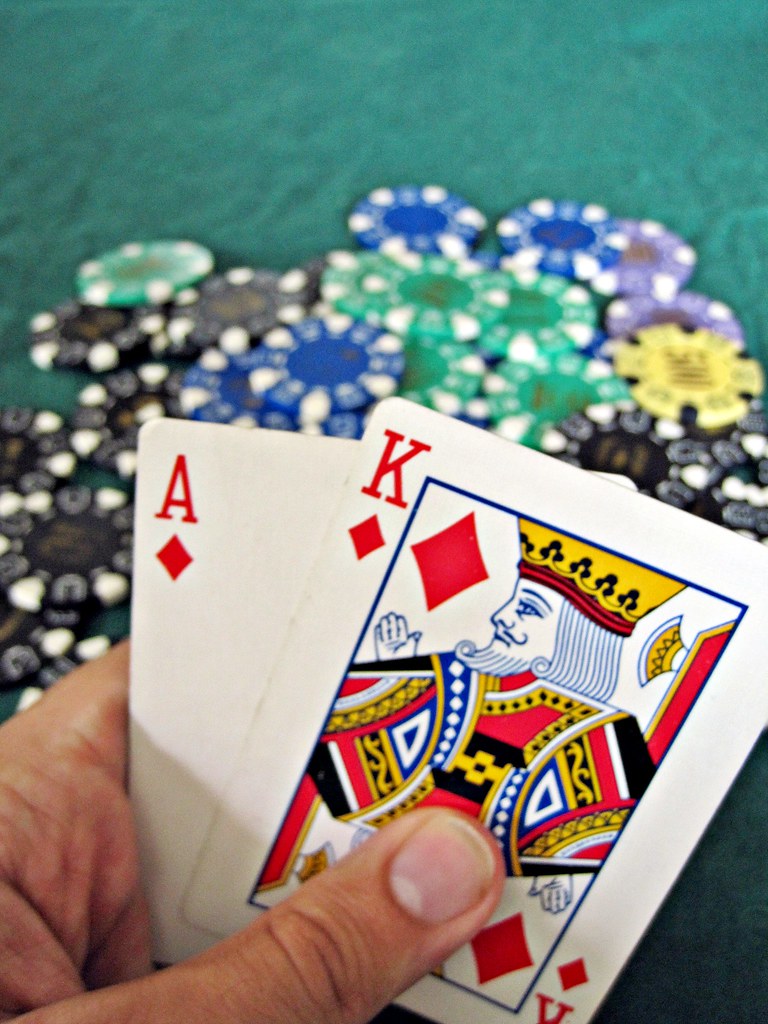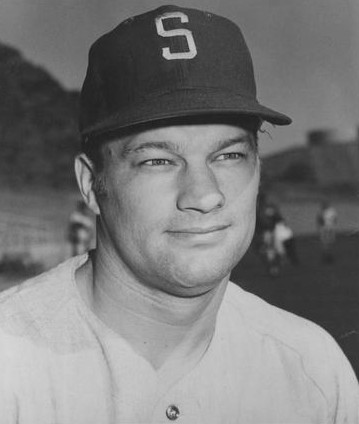What is blackjack and when the game occurs
The history and rules of one of the most popular casino games
There are a lot of casino games around the world and you can quickly get addicted to them if you like betting and especially if you win. However, card games differ in one idea from the rest, because they have a certain logic and require thinking from the player, not just luck and courage in betting. Certainly poker and blackjack are the most popular casino card games around the world, but one is even more distinctive because there are no variants of it, and that is blackjack.
In the following lines, we will talk a little about this casino game, starting with a brief introduction. All 52 cards of the deck are used and there can be up to 8 decks on the table or a total of 416 cards. The other name by which blackjack is known is 21. This is exactly the score you need to reach to win. Players do not compete against each other, but against the casino or dealer.
The roots of this game can be traced back to the time of the Spanish author Miguel de Cervantes, who was a gambler and in one of his works talks about a card game where you can cheat. His characters are experts at cheating in a game of 21, in which the ace can count as 1 or as 11, and the deck consists of 40 or 48 cards. Given the years in which the work in question was written, it becomes clear that in Spain, or more precisely Seville, a game similar to blackjack has existed since the beginning of the 17th century.
At the end of the 18th century, it was transferred to France and Great Britain, but only after 1800. there is evidence of a game of 21 or Wingt-Un as it was then called. Very quickly it was transferred to the USA, where in 1825 the first rules were published. Somewhere around 1899, it got the name blackjack and the rules that are familiar to us to this day. The Americans claim that the name blackjack appears because of a bonus that aims to attract players who, when they have an ace of spades in their hand and a card valued at 10, form exactly 21 and make a blackjack. According to various sources, this happened as early as the beginning of the 18th century, during the First World War or as late as the 1930s. The French historian Thierry Depoli, however, debunks this fact and is of the opinion that during the "Gold Rush", i.e. the period between 1896 and 1899 the Americans named the game for exactly the same reason – the ace bonus card, which makes the total 21. In September 1956. the first two books were published, giving greater clarity to the strategies and rules of the game, and in 1963 Ed Thorpe improved the calculations and published his creation Beat the Dealer.
As already mentioned, all cards are involved in the game and up to 8 decks can be used. The goal is to beat the dealer's hand as the player's hand sum should come as close as possible to, but not exceed, 21. An ace is worth 1 or 11 points, a jack, queen and king are 10 each, and the rest of the cards carry as much as is written on them. Seats for participants at the table can be between 5 and 9, and at least two are required to play for blackjack to begin. Each of the players makes his bet.
At the start of the game, everyone, including the dealer or dealer, is dealt one card. If his is an ace, he offers insurance to the players, which consists of halving the bet. If one of the players has a blackjack or 21, and the dealer's first card is not an ace or does not carry at least 10 points, then his bet is paid. If the dealer has an ace, he is obliged to offer the player with 21 to pay him half the bet, since the probability that he also has a blackjack is high. If there is a card carrying 10 points, the dealer does not have to offer a split of the money, but the players can request it.
If a player has two identical cards without an ace, he has the option to split them or ask for one more card. If he asks for a split, his bet is doubled and he receives one new card in both places. In the event that a player has a 9, 10 or 11 from his first 2 cards, the dealer must offer to double the bet, as the probability of receiving a 10 card or ace is considered very high. Doubling the bet can be done on a split or any other amount, but it depends on the player at the table.
If after the third card received the amount exceeds 21, then the dealer wins, collecting the cards and the bet. He deals to himself until his sum exceeds 17. If he gives himself an ace, he decides for himself whether to count it as a 1 or an 11 depending on the next card. If his total exceeds 21, he pays all players.
If the player has an ace and a 10 card, he blackjacks and the bet is paid 3 to 2, unless the dealer also blackjacks. Then the bet is neither won nor lost, but can be changed. If the player doesn't blackjack with the first 2 cards, they can decide whether to call for a third or fold. If it goes over 21 he loses, regardless of whether the dealer's cards exceed that sum or not.
In general, blackjack is not a difficult game when you know what you are doing at the table and have the right strategy. Card counting is also not difficult, but it is forbidden in casinos and you risk a lot if you get caught.




